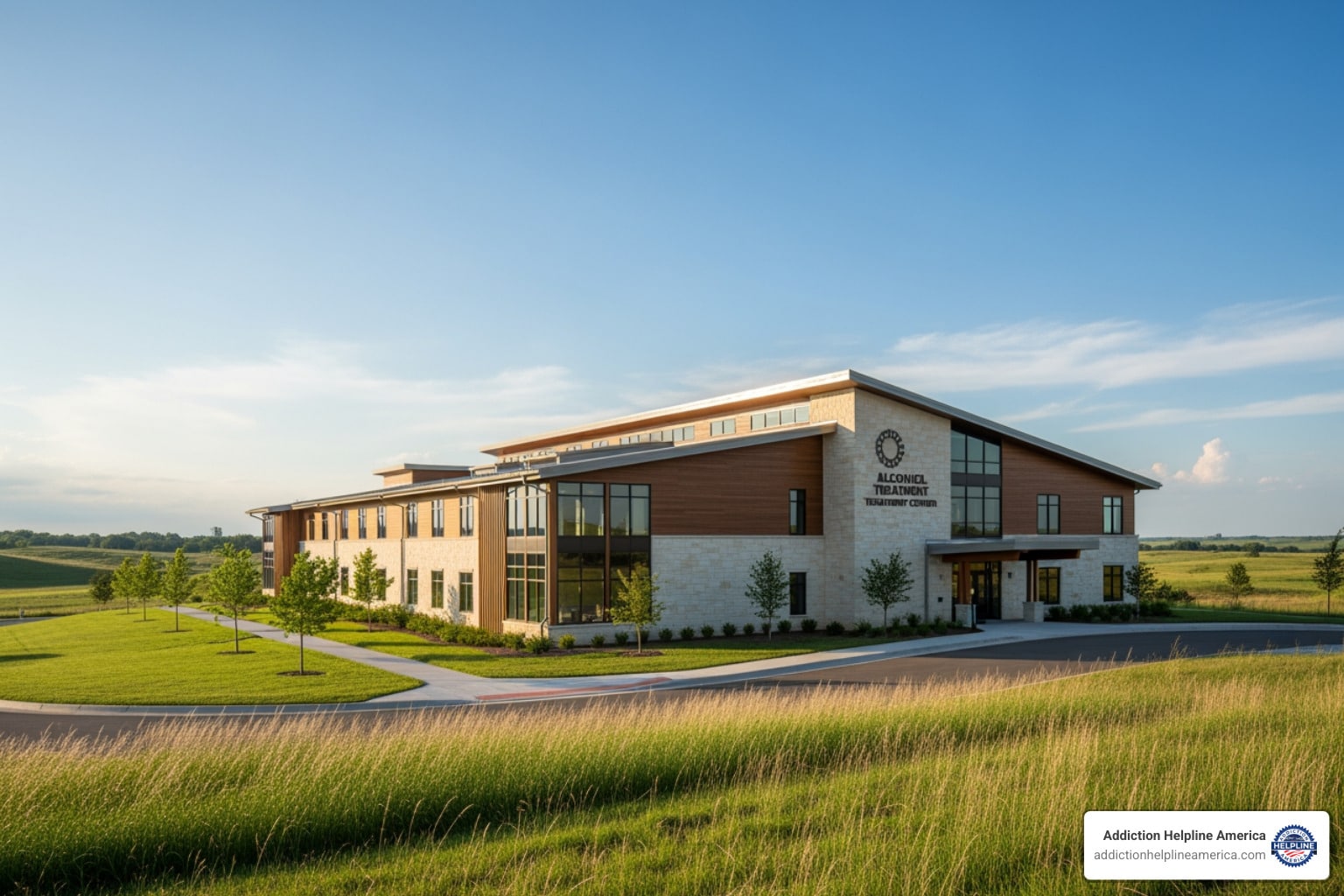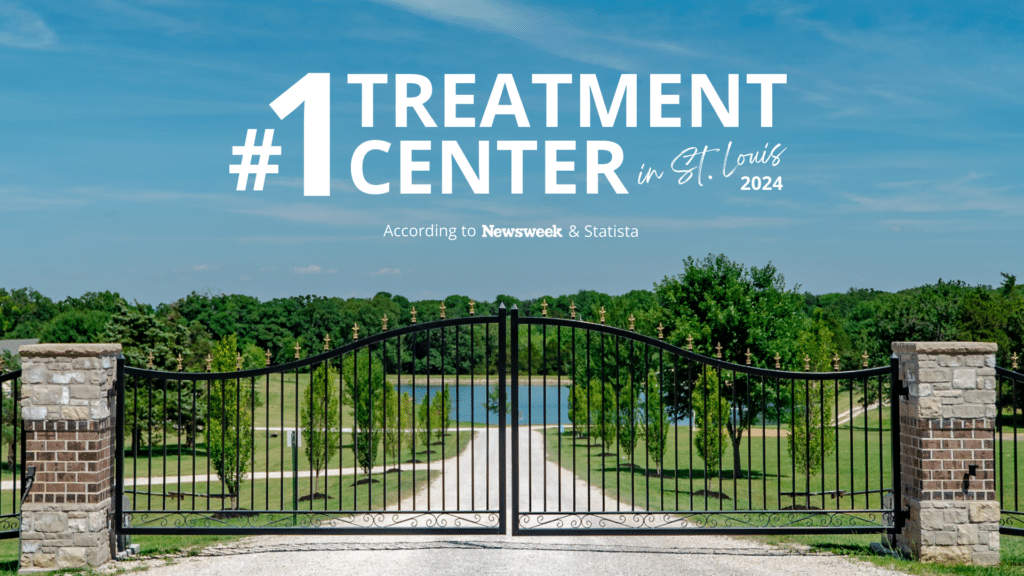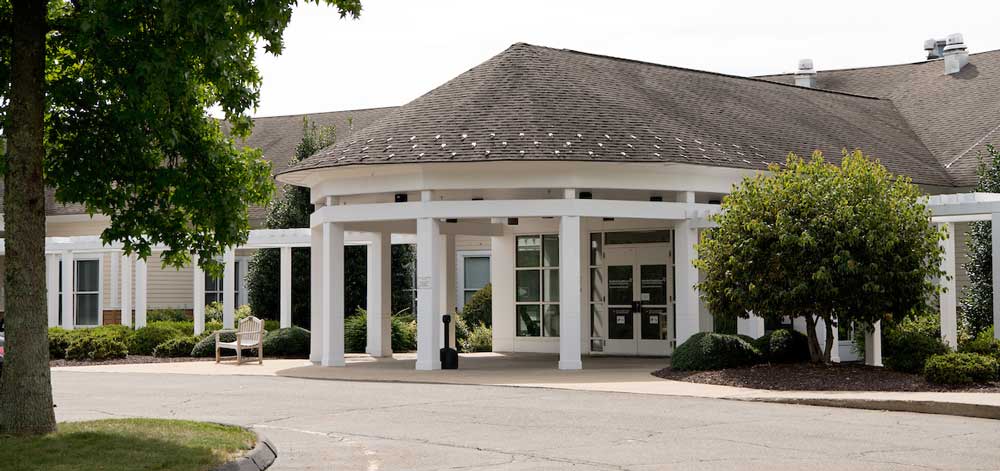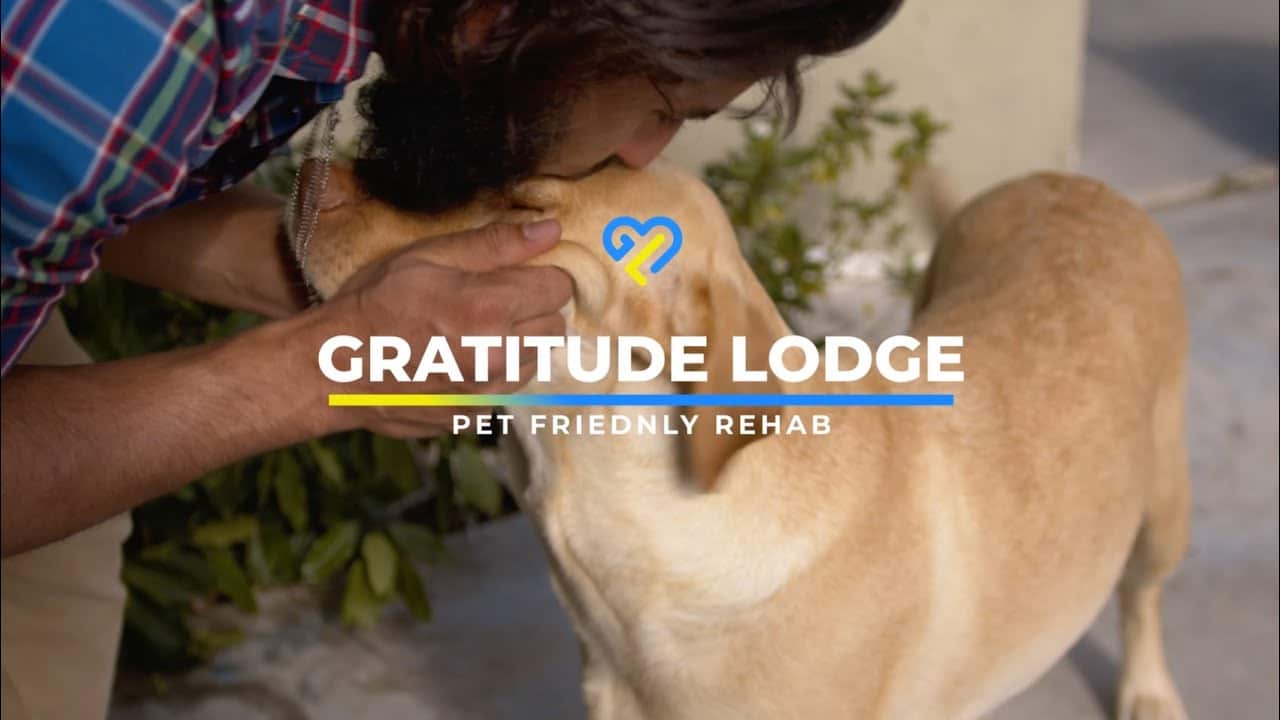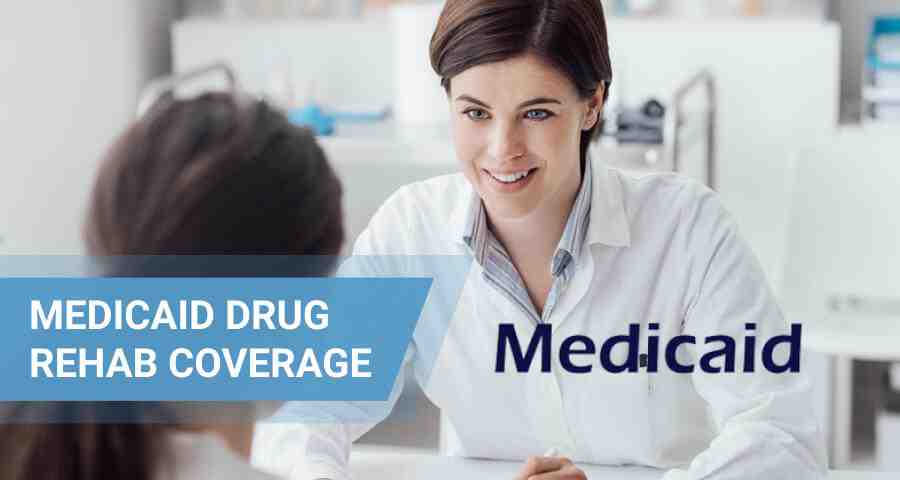
Your Guide to Affordable Inpatient Rehab
Finding affordable inpatient rehab can feel overwhelming, but it’s entirely possible. Don’t let cost stop you from seeking the help you deserve. Numerous resources exist to help you or a loved one access vital addiction treatment without breaking the bank, including state-funded programs, non-profits, sliding scale fees, scholarships, and insurance coverage.
The journey to recovery is an investment. While upfront costs might seem high, the long-term financial drain of addiction—from lost income and legal issues to health problems—often far outweighs the cost of treatment. Viewing rehab as an investment in your future can change your perspective.
Addiction Helpline America is dedicated to helping individuals and families find solutions. We connect people with vital resources, including affordable inpatient rehab options, to support lasting recovery.

Simple Affordable inpatient rehab glossary:
Understanding the Need for Inpatient Care
Sometimes, the best path to recovery is through a structured, supportive environment that only inpatient care can provide. Recognizing the need for this level of care is a crucial step toward lasting sobriety.

Signs You Might Need Inpatient Rehab
How do you know if inpatient care is the right choice? Several signs point toward the necessity of this intensive treatment approach.
If you’re dealing with severe addiction, where substance use is chronic and compulsive, stopping on your own can be nearly impossible. This is when affordable inpatient rehab becomes essential, offering medical supervision to break free safely.
Perhaps you’ve tried outpatient programs but found yourself relapsing. This isn’t a failure; it simply means the triggers in your daily life may be too strong, and you need the structure of an inpatient setting.
An unstable home environment with conflict, enablers, or easy access to substances can sabotage recovery. Removing yourself from that situation is a smart recovery strategy.
Many people also face co-occurring mental health disorders like depression or PTSD, known as a dual diagnosis. An estimated 1 in 3 veterans seeking treatment for substance abuse also have PTSD. Treating both conditions at once offers the best chance for recovery. We offer resources for Drug Rehab Dual Diagnosis Rehabs, and you can find more information on comorbidity and co-occurring disorders.
Finally, safety during detox is critical. Quitting certain substances can be dangerous. Medical detox, which typically ranges from $250 to $800 per day, provides 24/7 monitoring to keep you safe.
If you’re asking, “Do I Need Inpatient Rehab?” that question itself often means you recognize the need for more support.
Benefits of a Structured Inpatient Setting
Choosing an inpatient program offers distinct advantages. Whether it’s a 30-day stay or a longer 60- or 90-day program (which can range from $12,000 to $60,000), the immersive nature of inpatient care provides unique benefits.
- 24/7 Medical and Emotional Support: You are never alone. Medical professionals and therapists are always available to help manage cravings, withdrawal symptoms, and emotional distress.
- Removal from Triggers: Being away from your usual environment and daily stressors gives your brain space to heal and build new, healthy coping mechanisms.
- Intensive Therapy and Education: A structured schedule of individual counseling, group therapy, and educational workshops helps you understand the roots of your addiction and develop effective recovery skills.
- Community and Peer Support: Living alongside others on a similar journey reduces isolation and shame, creating a powerful sense of connection.
- Focus on Healing: With daily responsibilities set aside, you can dedicate your full energy to recovery—learning, processing trauma, and rebuilding your life.
5 Types of Affordable Inpatient Rehab Programs
The cost of rehab shouldn’t stand between you and recovery. Affordable inpatient rehab exists in many forms, and we’re here to walk you through each option so you can find the right path forward.
1. State and Publicly Supported Rehab Centers
State-supported centers are the backbone of accessible addiction treatment. Funded by government sources like the Substance Abuse Prevention and Treatment Block Grant (SABG), their mission is to ensure cost isn’t a barrier to getting help. You can learn more about these block grants from SAMHSA. To qualify, you’ll typically need to show proof of residency, financial need, and that you’re uninsured or underinsured. While these facilities can have waiting lists due to high demand, they provide comprehensive, evidence-based care. With 443 facilities nationwide offering free treatment for all clients, this is a viable path for many, with programs available in locations like Rehab Beta Florida and across our network.
2. Non-Profit and Community-Based Organizations
Non-profit organizations approach affordable inpatient rehab from a place of mission, not profit. They run on charitable donations and grants, allowing them to offer services at significantly reduced rates or for free.

What sets these rehabs apart is their mission-driven, compassionate approach and strong community roots. Peer support is central, creating powerful bonds through shared experience. Organizations like The Salvation Army have provided this type of support for over a century. We can help you connect with Community-Based Rehab Programs that fit your needs.
3. Rehabs with Sliding Scale Fees
If you don’t qualify for free programs but traditional costs are out of reach, sliding scale fees offer a middle ground. This income-based payment model adjusts what you pay based on what you can afford. The facility will consider your household income and number of dependents to determine a fair rate. You’ll need to provide documentation like pay stubs or tax returns. Always ask about sliding scale options, which can lead to Customized Treatment Plans that fit your budget.
4. Programs Offering Scholarships and Grants
Scholarships and grants can be game-changers, sometimes covering most or all of treatment costs. Many treatment centers offer facility-specific financial aid funded by donations. Additionally, various non-profit foundations provide grants for addiction treatment. Finding these opportunities takes persistence, but when you Explore Treatment Options with us, we can guide you toward potential funding sources.
5. Using Insurance to Make Rehab Affordable
For many, health insurance is the most direct path to affordable inpatient rehab. The Affordable Care Act (ACA) mandates that most plans cover addiction services. Medicaid is a lifeline for those who qualify, often covering most or all treatment costs. You can check your Medicaid eligibility online. Medicare also helps cover costs for eligible individuals. Our Inpatient Mental Health Complete Guide explains how these programs can help. If you have private health insurance, verify your benefits, including your deductible, co-payments, and any pre-authorization rules. We can help you quickly check your coverage.
How to Find and Qualify for Affordable Inpatient Rehab
Navigating the landscape of addiction treatment can feel like a maze, but resources are available to guide you toward affordable inpatient rehab.
Using National Directories to Find Affordable Inpatient Rehab
The journey to finding affordable inpatient rehab starts with knowing where to look. We recommend beginning with trusted national resources.
The Substance Abuse and Mental Health Services Administration (SAMHSA) operates a free, confidential national helpline at 800-662-HELP (4357). Available 24/7, it provides referrals to local treatment options. SAMHSA also maintains an online treatment locator at findtreatment.samhsa.gov. This valuable tool lets you filter your search by payment methods, including Medicaid, sliding scale fees, or free services.
As your trusted partner, Addiction Helpline America provides free, confidential, and personalized guidance to help you steer these options and find the right program from our vast network. Our Addiction Help Online Complete Guide offers more comprehensive support.
Understanding Eligibility for Affordable Inpatient Rehab
Once you’ve identified potential facilities, the next step is understanding their eligibility requirements. These criteria ensure resources reach those who need them most.
- Proof of income: Required for state-supported programs and sliding scale fees. You’ll typically need pay stubs or tax returns to determine your financial need.
- Proof of residency: Many state-funded programs require you to live in that state or county. A driver’s license or utility bill usually suffices.
- Uninsured status: If seeking free care, you may need to provide documentation confirming you lack insurance.
- Clinical assessment: Nearly all programs require an assessment of addiction severity. This evaluation ensures inpatient care is the most appropriate treatment for your needs. Understanding What is Drug Addiction can help you prepare.
We understand that gathering this documentation can feel overwhelming, but we’re here to walk you through this process step by step.
What to Expect During and After Treatment
Committing to affordable inpatient rehab is a courageous step. Understanding what happens during and after treatment can ease anxiety and prepare you for the journey ahead.
Core Services in an Inpatient Program
Most affordable inpatient rehab programs share common elements designed to address addiction from multiple angles.
Program duration varies based on need. 30-day programs (around $6,000) focus on stabilization and detox, like the one detailed in our 30 Day Rehab New Albany Guide. 60- and 90-day programs ($12,000 to $60,000) allow for deeper therapeutic work, with research showing longer stays lead to better outcomes.
Treatment often begins with medical detox, a critical phase providing 24/7 supervision as your body clears substances. This process, which can cost $250 to $800 per day (often included in the program fee), ensures your safety during withdrawal. Our Alcohol Detox Costa Mesa Complete Guide explains this in more detail.
Once stable, you’ll engage in:
- Individual therapy: One-on-one sessions to explore the roots of your addiction and develop coping strategies using methods like Cognitive Behavioral Therapy (CBT).
- Group counseling: A powerful setting to share experiences and learn from peers who understand your struggle.
- Family involvement: Therapy sessions to repair relationships and educate loved ones on supporting your recovery.
Life After Rehab: Continuing Support
Completing an inpatient program is a huge achievement, but it’s the beginning of your recovery journey, not the end.
Before you leave, you’ll create a detailed aftercare plan—your roadmap for staying sober. This plan often includes transitioning to a sober living home, a structured, substance-free environment. Homes like those in the Oxford House network typically cost $1,500 to $2,000 monthly and provide crucial peer accountability.
Ongoing support is vital. Your facility’s alumni program and peer support groups like Alcoholics Anonymous (AA) or SMART Recovery offer a lifelong network of encouragement. Our Addiction Support Groups Near Me guide can help you find local meetings. Many also transition to outpatient treatment ($1,400 to $10,000 for a program), which allows you to continue therapy while living at home. Our Outpatient Rehab Near Me Complete Guide explains how this works.
Recovery is a journey. The tools you gain in affordable inpatient rehab become the foundation for a new life.
Frequently Asked Questions about Affordable Rehab
We know you have questions about affordable inpatient rehab. Here are clear, concise answers to the questions we hear most often.
How long does an inpatient rehab program last?
Program length is custom to your individual needs but typically lasts 30, 60, or 90 days. 30-day programs focus on detox and stabilization. 60- and 90-day programs allow for deeper therapeutic work and skill-building, with research showing that longer stays often lead to better long-term outcomes. An initial assessment will help determine the right duration based on factors like addiction severity. Affordable inpatient rehab options are available for all program lengths.
Can I go to rehab for free?
Yes, it is possible to go to rehab for free or at a very low cost. State-supported programs are funded by the government for individuals with limited income. Non-profit organizations, such as The Salvation Army, use donations and grants to offer free or low-cost services. Scholarships and grants from treatment centers or foundations can also cover some or all of the cost. Eligibility for these options usually requires proof of financial need and state residency. While they may have waitlists, they are a viable path to recovery.
What’s the difference between inpatient and outpatient rehab?
The key differences are living arrangements and intensity of care. Inpatient addiction treatment is immersive, requiring you to live at the facility 24/7. This provides a highly structured, trigger-free environment with round-the-clock support, making it ideal for severe addiction or co-occurring disorders. You can learn more by asking, “Do I Need Inpatient Rehab?“
Outpatient addiction treatment allows you to live at home while attending therapy sessions at a facility. This offers flexibility to maintain work or family duties. It is best for those with less severe addiction and a strong home environment, or as a step-down from inpatient care. Our Outpatient Rehab Near Me Complete Guide provides more details. Both inpatient (ranging from $5,000 to $80,000+) and outpatient (ranging from $1,400 to $10,000) programs can be affordable depending on the option you choose.
Conclusion
We hope you feel more empowered about finding affordable inpatient rehab. The journey to recovery doesn’t have to be blocked by financial barriers—real options exist for every situation.
We’ve explored many pathways to accessible care, from state-supported centers and non-profits to sliding scale fees and insurance coverage. The most important thing to remember is this: the investment in recovery will always outweigh the devastating costs of continued addiction. Treatment is not just a cost; it’s an investment in reclaiming your life.
Taking the first step can feel overwhelming, but you don’t have to do it alone. Addiction Helpline America provides free, confidential, and personalized guidance to help you steer this process. Our team connects people nationwide with treatment centers from our vast network, matching you with a program that fits your clinical needs and your budget.
Recovery is attainable. The right program is out there for you. Don’t let another day pass. To begin your journey and find which program fits your needs, we invite you to Explore different types of treatment programs today. Your future self will thank you.
Our helpline is 100%
free & confidential
If you or someone you care about is struggling with drug or alcohol addiction, we can help you explore your recovery options. Don’t face this challenge alone—seek support from us.
Programs
Resources
Will my insurance
cover addiction
treatment?
We're ready to help
Find the best
drug or alcohol treatment
center
Are you or a loved one struggling with addiction? Call today to speak to a treatment expert.



